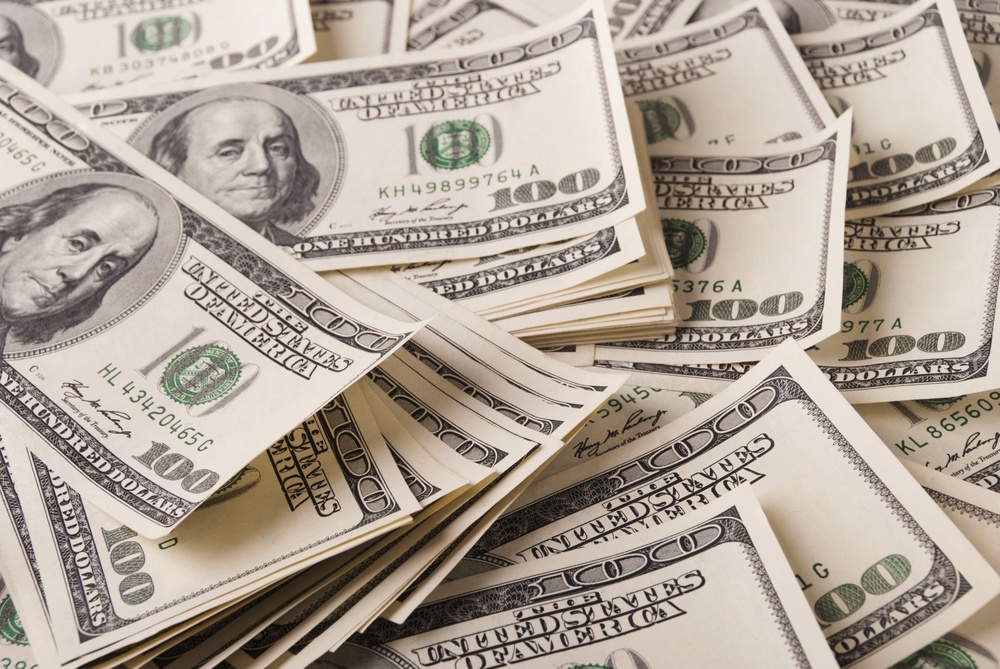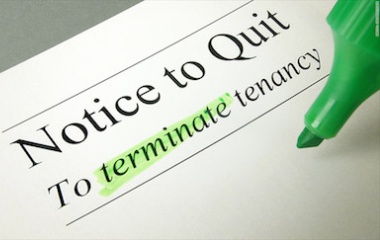
“Ona’ah is four silver maot in twenty-four…1/6th of the price” (Bava Metzia 49b). The laws of ona’ah, price fraud, forbid one from selling above the market norm. The halacha recognizes three distinct forms of ona’ah. If the price of the object is more than 1/6th above (or below) the market price the buyer (or seller) has the right to void the sale. If the divergence is exactly 1/6th the excess (or deficient) monies are to be returned (or paid up). And when the price diverges by less than 1/6th – the most likely of scenarios – there is no recourse available.
While this sounds simple enough applying these laws in the real world, especially one as competitive and diverse as our capitalist economy, is no small feat. The Mishna has already recognized that certain items have no true market value. Hence, the laws of ona’ah are not applicable to real estate (Bava Metzia 56a). As is well understood the cost of a home is that which a buyer is willing to pay. Similarly, luxury items – exotic diamonds, a work of art, a starting pitcher – are not subject to the laws of ona’ah. Here too there is no fixed price from which one can deviate 1/6th. It is the buyer and seller who determine the market – often by means of an auction.
Yet even where there is no legal redress, one may not be allowed to charge whatever they can. While real estate prices can soar through the roof, and a house may unexpectedly sell way above “market”, the Ramah (Chosen Mishpat 237:29) quotes those who rule that if the price discrepancy were more than 100% ona’ah would apply in these cases as well. At 100% all would agree someone was cheated and regardless of the item, the laws of ona’ah would apply.
Then there are priceless items. Rabbi Yehuda argues that there is no ona’ah for one who acquires a sefer Torah, because “there is no end (limit) to their worth” (Bava Mezia 58b). The halacha rejects his view. Rav Yehuda may be right on some metaphysical level, but when it comes to quill on parchment, there is a relatively fixed price no matter what is actually written. There is little that turns one off religion more than to be victim of price fraud by a religious functionary selling religious items.
Determining a market price even for basic items can be tricky. Many factors must be taken into account in determining a fair price: location, service, hours and much more vary from store to store so that the same item can legitimately sell for a different price at different places[1] and even at different times. This may be the reason that there is no redress when prices diverge by less than 1/6th of the market norm. It may very well be that to knowingly charge a price that is above market, regardless of how little it exceeds it, is forbidden. However in practice, being that the actual market price is not easily determinable, the Sages included within the market price deviations up to 1/6th.
Even when there was price fraud one had to act fast as there was a limited time in which to make an ona’ah claim. To allow otherwise would be to introduce unwanted uncertainty to the marketplace. And there are few things the marketplace hates more than uncertainty[2]. One had only the amount of time that it would take to show the item to an expert, likely no more than a couple of hours[3]. While this may sound like a short window of time, one must realize that the rabbis considered all sales final. The notion of returning merchandise, so common today, was foreign in the ancient world of the Rabbis – though there was nothing to prevent buyer and seller agreeing to such.
The Mishna presents a fascinating discussion of the limits of the law of ona’ah. "Rabbi Tarfon of Lod ruled that ona’ah is three silver maot in twenty four…1/3rd of the price and the merchants of Lod rejoiced” (Bava Metzia 49b) as they sensed an opportunity for some “legal” price gouging. However, when Rabbi Tarfon added a proviso that the time to make an ona’ah claim would be extended from a mere hours to an entire day, the merchants quickly changed their tune; “’Rabbi Tarfon should leave us alone in our place,’ and they reverted to following the [view of the] rabbis.”
The Mishna describes much of the world in their time and ours: merchants looking to make an extra dollar, interpreting the law as it best suits them and choosing rabbis based on the popularity of their views. The honesty and insight of the Sages is refreshingly beautiful. Is there a more modern text than the Gemara?
[1] In one of the greatest business failures of recent times Target lost over $2 billion dollars in the 25 months in which they operated in Canada. Among the reasons for this business disaster was the higher prices charged in Canada – even in stores just miles away from the border. Consumers had little interest in the legitimate reasons why the presence of a border would lead to higher prices.
[2] While this generally refers to the stock market – something also unknown in the ancient world – with 8-9% of all in-store merchandise and up to 30% of online purchases returned, having the proper refund policies can make or break a company. There is much wisdom in the notion that all sales are final.
[3] If no experts were available one was given more time to make a claim. Such would be the case, for example, for villagers ascertaining the value of their coins. With money changers in the big cities one was given until erev Shabbat to make a claim. It was then that one shopped for Shabbat and if his coins were not accepted he knew to make a claim.



